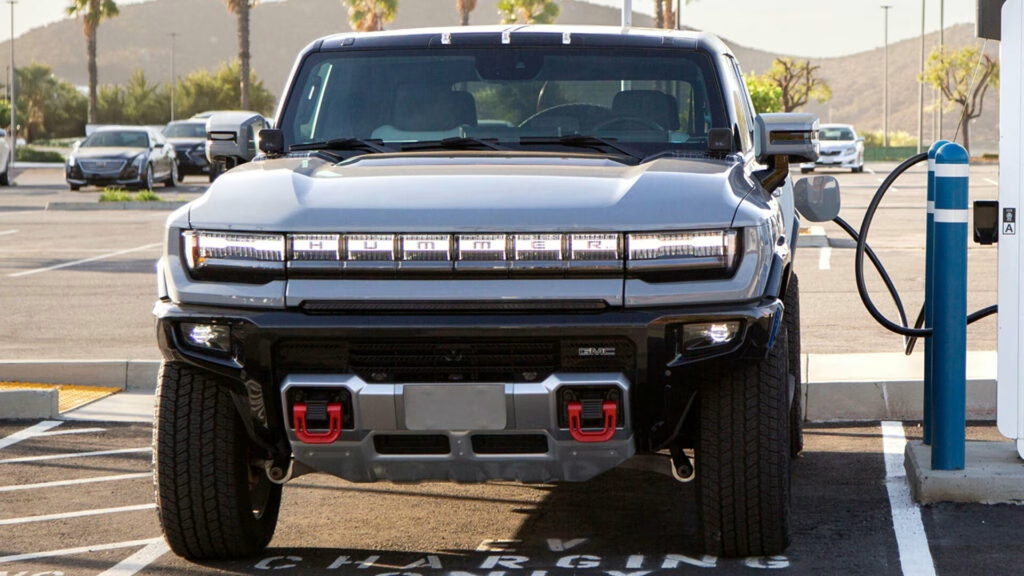How Are the Latest Changes to the US EV Charger Program Affecting States?
States across the country just got a new playbook for rolling out electric vehicle (EV) charging stations, and it’s a game-changer. The federal government has updated the National Electric Vehicle Infrastructure (NEVI) program, aiming to cut through the red tape and make it easier for states to access funding and get chargers in the ground—fast. If you’re wondering what this means for your state, here’s the scoop: fewer regulatory hoops, more flexibility, and a much quicker path to deployment.
Previously, states faced a mountain of paperwork and strict planning requirements before they could even think about breaking ground on a new charging station. Now, with the streamlined approval process, state transportation departments can focus on what matters—getting reliable charging options to drivers, especially in underserved areas. According to the Department of Transportation, these changes are designed to “slash red tape” and let states determine the best locations and distances between stations, rather than being boxed in by federal mandates.
What’s Actually Changing in the Approval Process?
Let’s get specific. The new rules mean states no longer have to submit exhaustive plans covering every possible scenario, from consumer protections to environmental siting and emergency evacuation routes. On paper, that sounds like a win for efficiency. But there’s a catch: some experts worry that dropping these requirements could leave gaps in safety and preparedness, especially during emergencies when reliable charging is critical.
The Department of Transportation has responded by encouraging states to keep emergency needs in mind, even if it’s not strictly required. It’s a bit of a trust exercise—federal officials are betting that states know their own needs best and will plan accordingly. For drivers, this could mean faster expansion of charging networks, but it also puts more responsibility on local agencies to think ahead.
Why Did the Federal Government Hit Pause on the Program Earlier This Year?
Earlier in the year, the NEVI program hit a sudden pause. State transportation directors were told the new administration wanted to review the policies and make sure the program aligned with their priorities. This move sparked concern among industry insiders and environmental advocates, who feared a $5 billion investment in EV infrastructure might stall out just as demand for electric vehicles was ramping up.
But after a few months of uncertainty, the government has decided to move forward—albeit with some reluctance. Transportation Secretary Sean Duffy made it clear he’s not a fan of subsidizing green energy, but he’s committed to carrying out Congress’ will and ensuring federal resources are used efficiently. The message? The program is back on, but with a sharper focus on cutting costs and bureaucracy.
How Will These Updates Impact EV Drivers and the Broader Market?
For EV owners and those considering the switch, this is mostly good news. The biggest barrier to EV adoption in the US has always been the patchy, unreliable charging network. By making it easier for states to access funding and build out infrastructure, the hope is that range anxiety will become a thing of the past.
Still, the devil’s in the details. Without federal requirements for things like consumer protections and emergency planning, there’s a risk that some areas could be left vulnerable during disasters or power outages. Real-world examples, like the challenges faced during recent hurricane evacuations in the Southeast, show just how important it is to have reliable charging along key routes. The new approach puts the onus on states to fill in those gaps.
What’s the Timeline for States to Respond?
Here’s where things get real: states have just 30 days to submit their updated EV Infrastructure Deployment Plans. That’s a tight turnaround, especially for transportation departments already stretched thin. Some states, like California and New York, have robust EV strategies in place and will likely hit the ground running. Others may struggle to adapt quickly, raising questions about whether the new flexibility will lead to uneven progress across the country.
The Department of Energy’s latest data shows that the US currently has just over 61,000 public charging stations, but experts estimate we’ll need at least 500,000 by 2030 to meet projected demand. That’s a tall order, and every month counts.
What Are the Potential Risks and Benefits of Streamlining the Program?
On the plus side, cutting bureaucracy means more chargers, sooner. That’s great for drivers, automakers, and anyone rooting for a cleaner transportation future. But there’s a flip side: less oversight could mean some stations are poorly sited, unreliable, or inaccessible during emergencies. The key will be whether states use their newfound flexibility wisely—balancing speed with smart planning.
Industry groups like the Edison Electric Institute and the Alliance for Automotive Innovation have voiced cautious optimism, noting that faster deployment is essential but shouldn’t come at the expense of reliability or safety. Meanwhile, consumer advocates are urging states to keep equity and resilience front and center, ensuring rural and low-income communities aren’t left behind.
What Should Drivers and Policymakers Watch for Next?
The next few months will be telling. States that move quickly and thoughtfully could set the standard for a national network that’s both robust and resilient. Others may hit bumps in the road, especially if they overlook critical needs like emergency access or maintenance.
For drivers, keep an eye on your state’s transportation department website for updates on new charging locations and timelines. If you’re an advocate or policymaker, now’s the time to push for local plans that prioritize not just speed, but also safety and accessibility.
The big takeaway? Building out America’s EV charging network isn’t about perfection—it’s about smarter adjustments. Start with one change this week, and you’ll likely spot the difference by month’s end.

